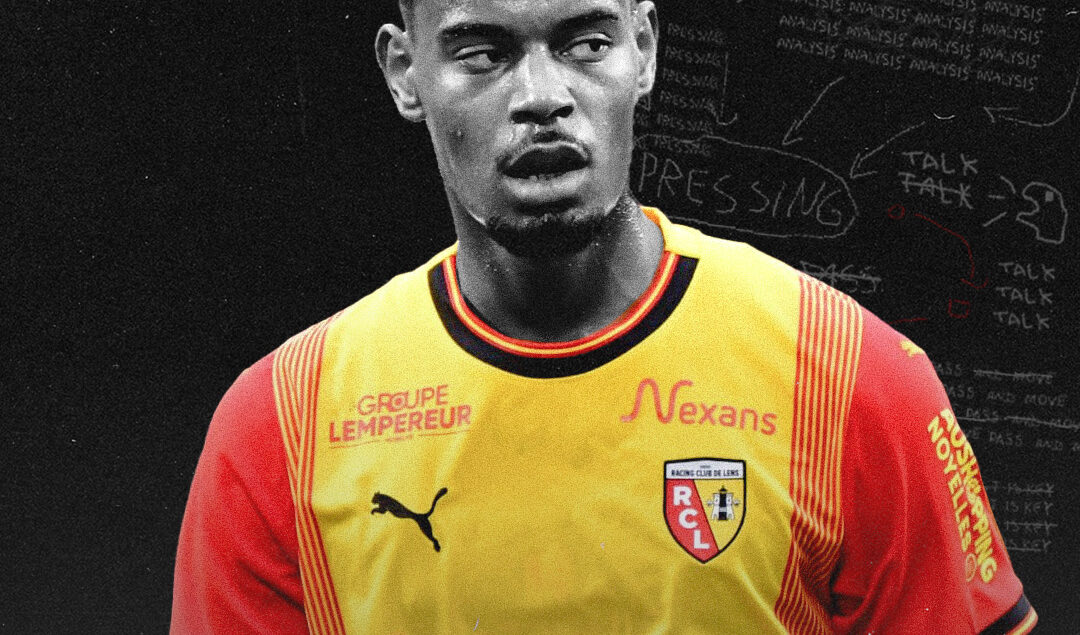Why Football Fans are Switching to Betting Apps

Not long ago, football betting was a ritual that often involved a trip to the local bookmaker, a pen and a paper slip. The experience was slow, limited to pre-match markets and largely disconnected from real-time drama on the pitch. Fast-forward to today and betting has gone mobile. Millions of football fans now turn to sports-betting apps, not just to place a wager, but to enhance the way they watch and engage with the game.
So what’s behind this rapid shift from traditional betting shops and desktop websites to sports betting app? The answer lies in a mix of convenience, technology and changing fan behavior.
Convenience in your pocket
Accessibility is a major contender in the rise of sports betting apps. Fans can now place a bet from anywhere, in the stadium, on the sofa or at the pub with friends. The process is seamless: a few taps and the bet is placed. In-play betting allows users to react instantly to what’s happening on the pitch. See a striker warming up and think he’ll score next? Place a bet in seconds, without missing a moment of the match.
This immedicacy is a huge part of the appeal. Unlike traditional bookies, which close markets before kick-off, apps offer constantly updated odds throughout the 90 minutes. For young fans raised in an “on-demand” culture, this level of flexibility feels natural.
Gamification and engagement
Another reason fans are moving to apps is the way they gamify the experience. Betting is no longer just about predicting a final score. Modern platforms offer micro-markets. This is everything from who will win the next corner to whether a team will score in the next 10 minutes.
These small, frequent betting opportunities keep fans engaged with every throw-in, every substitution and every tactical shift. It’s a similar psychological pull to fantasy football or video games, where there’s always a new challenge around the corner.
Some apps even add live visualizations, heat maps and instant stat breakdowns. This makes the experience more interactive and data-driven. Betting becomes not just a wager, but a second-screen companion to the match.
Personalized experiences
Personalization is another major drive. Apps use algorithms to recommend bets based on a fan’s preferences like favorite teams, league or even typical stake sizes. Push notifications alert users when “their” team is about to kick off, when odds have shifted or when there’s a boosted price on a market they’ve bet on before. This creates a tailored, frictionless experience that feels less like gambling with a faceless bookmaker and more like engaging with a service that “knows” the fan.
The social element
Betting apps are also becoming more social. Many allow users to share bet slips with friends, follow tipsters or join group betting pools. This turns what was once a solitary act into a shared experience.
In the same way fans gather around a TV or in the pub to watch a big match, they can now celebrate wins (or commiserate losses) together digitally. This sense of community adds another layer of stickiness. Once fans have a group chat buzzing with betting slips and odds discussions, it’s hard to go back to casual, disconnected betting.
Marketing, sponsorships and normalization
The ubiquity of betting brands in football has also contributed to this shift. Club shirt sponsors, pitch-side LED ads and half-time TV commercials all promote the latest offers. Apps attract new users with sign-up bonuses, free bets and boosted odds that are difficult to ignore. For many fans, downloading an app has become as routine as following their club on social media, part of being a fully engaged supporter.
Risks and responsibilities
Of course, this rapid growth isn’t without its concerns. The very features that make apps so appealing, like instant bets, micro-markets and constant notifications, can also fuel problem gambling.
With more fans betting more frequently, there is a great need for education on bankroll management and understanding the odds. Some operators now use pop-up warnings when spending spikes or when users have been active for too long, adding an important layer of digital harm reduction.
Responsible operators now include tools that help fans stay in control: deposit limits, spending trackers and self-exclusion options. Still, it’s up to both users and regulators to ensure that betting remains entertainment.
A shift in fan culture
Ultimately, the migration to betting apps reflects a broader change in how fans experience football. It’s no longer just a 90-minute spectacle but an interactive, data-rich, personalized journey. Betting apps fit perfectly into this ecosystem, offering a way to be financially and emotionally invested in every phase of play.
Whether this deepens fans’ love of the game or risks turning football into just another gambling product is an open question. For now though, the trend is clear: betting apps aren’t just an add-on to the football experience. For many fans, they are the football experience.
